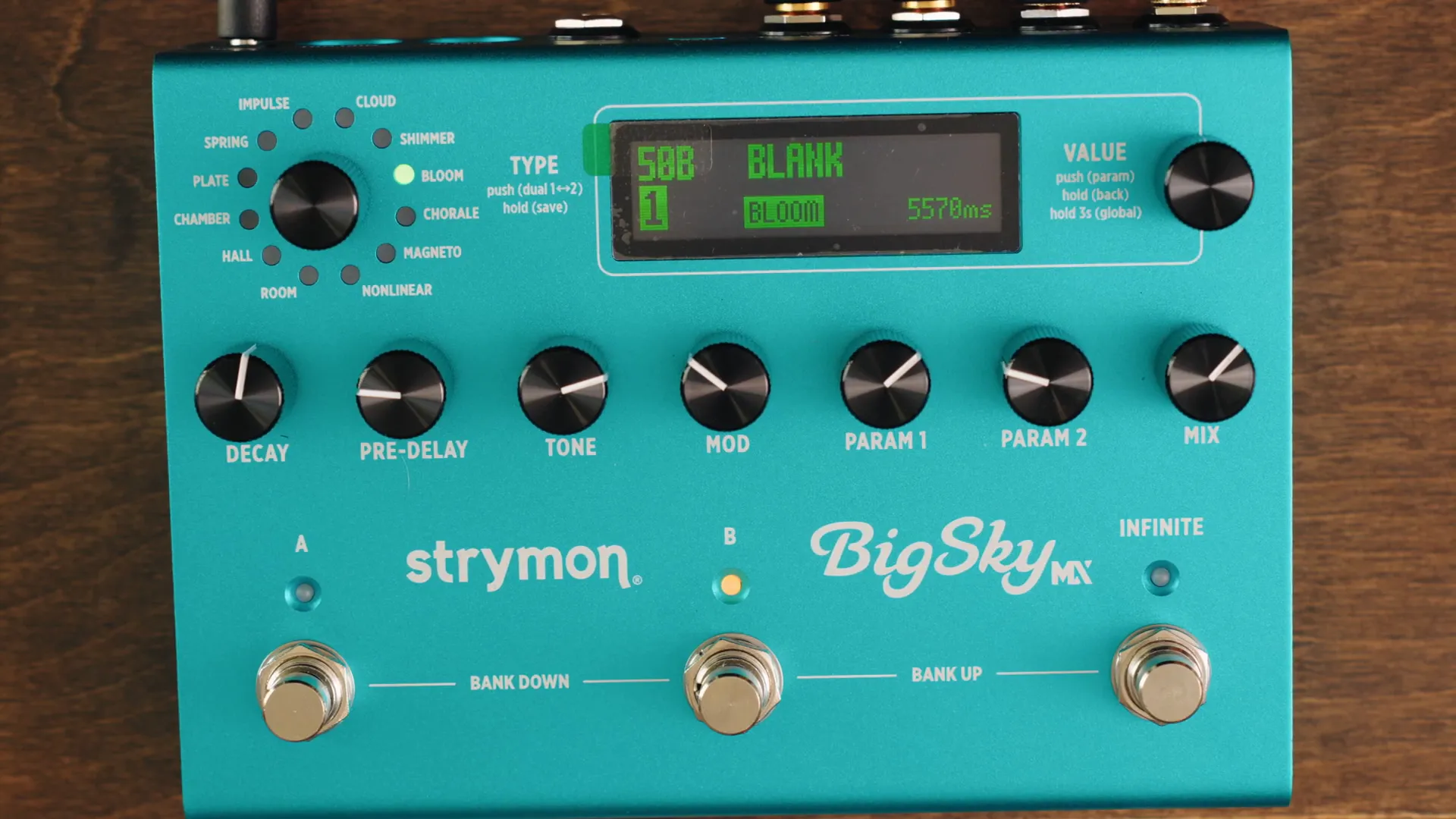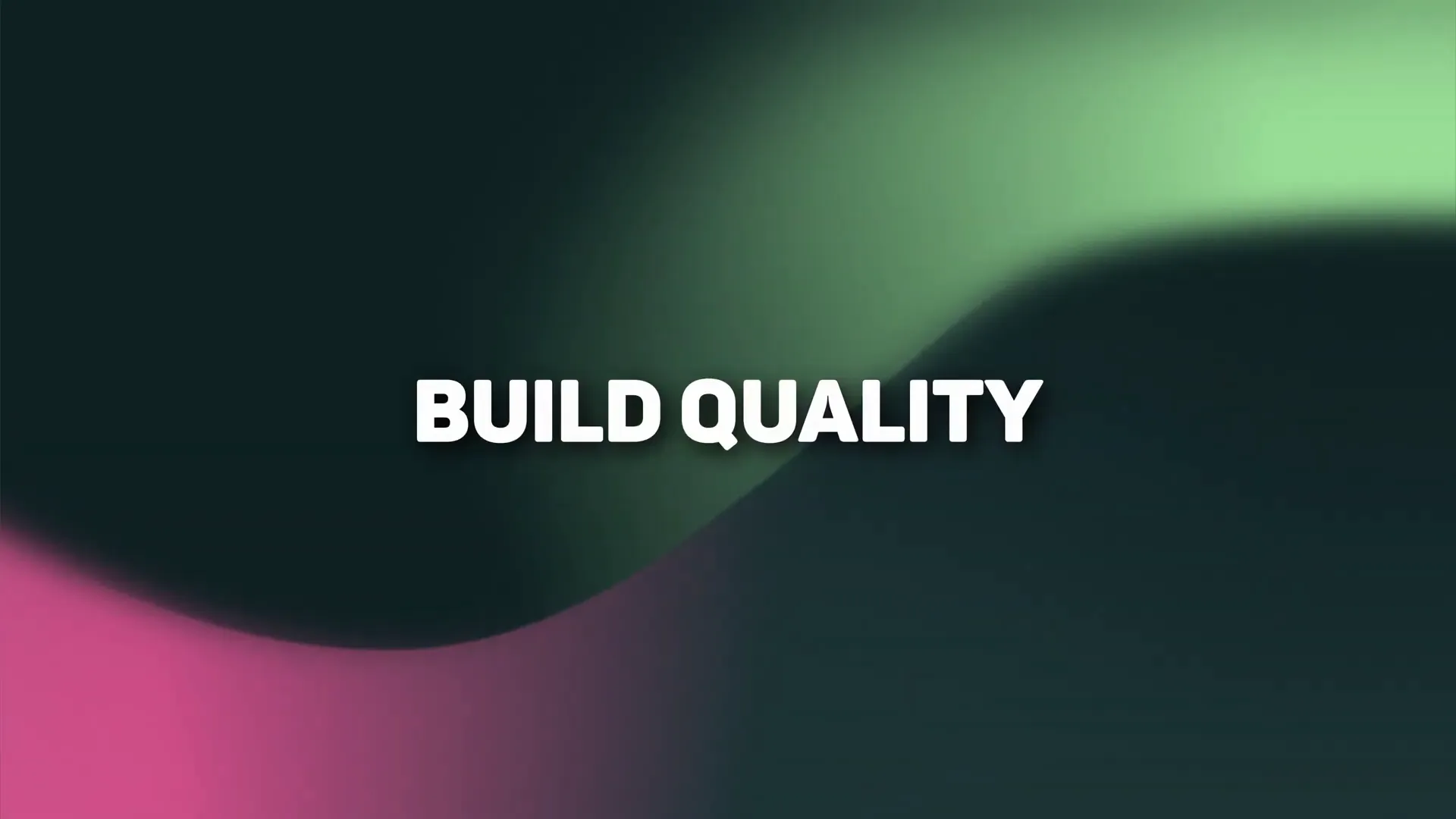
Exploring the Strymon BigSky MX: A New Era of Reverb
Share
Hey everyone! Today, we’re diving deep into the Strymon BigSky MX, the latest iteration of Strymon's flagship reverb pedal. It's been 11 years since the original BigSky made waves in the music world, and this new version promises to uphold that legacy while introducing some exciting features. Let’s check out what makes the BigSky MX a must-have for musicians across genres.
The Legacy of Strymon
Strymon has carved a niche for itself in the pedal industry, known for creating high-quality effects that inspire creativity. Founded in 2004 as Damage Control, the company transitioned to the Strymon name in 2009. Their flagship pedals, including the original BigSky and the Mobius, have set a standard for what musicians can expect from digital effects.
First Impressions and Sound Demos
Before we get into the nitty-gritty, let’s take a moment to listen to how the BigSky MX sounds. Here’s a quick demo:

As you can hear, it’s packed with lush, ethereal tones that can elevate any performance. The sound quality is a hallmark of Strymon, and the BigSky MX continues this tradition. But what’s new in this version? Let’s break it down.
Navigation and User Interface
The BigSky MX features a user-friendly layout that makes accessing parameters intuitive. Key controls like Decay, Pre-Delay, Tone, Modulation, and Mix are easily accessible. Additionally, the two custom assignable knobs allow you to tailor the pedal to your specific needs.
Editing presets is a breeze with the hybrid software approach. You can connect the pedal to your computer via USB, enabling you to edit sounds and MIDI settings directly from your device. This dual approach to editing is a game-changer for those who prefer tweaking settings on a larger screen.
Sound Quality: A Closer Look
Now let’s talk about the sound. One of the standout features of the BigSky MX is its ability to blend seamlessly with the source audio. Whether you’re playing piano, guitar, or synths, the reverb algorithms saturate the sound without overwhelming it.

Moreover, the new unit retains many algorithms from the original BigSky, allowing users to access familiar sounds while exploring new ones. This is particularly beneficial for those upgrading from the older model, as they can still utilize their favorite presets.
Build Quality and New Features
The build quality of the BigSky MX is exceptional, featuring a robust aluminum chassis. This pedal is built to last, echoing the durability of its predecessor, which has stood the test of time for over a decade.

Among the new features, the Dual Reverb engine stands out. This allows you to run two reverb algorithms simultaneously, either in series or parallel. For instance, you could create a shimmering effect with a cloud reverb on one side and a bloom reverb on the other. This opens up a world of sound design possibilities.
Algorithm Updates
In addition to the classic algorithms, the BigSky MX introduces several new ones, enhancing the sonic palette available to musicians. The updated Cloud engine, for example, utilizes improved processing power, resulting in richer reverb sounds. The Bloom engine now allows for harmonic pads, adding depth to your sound.
These updates not only build upon the legacy of the original BigSky but also provide a more mature sound that can adapt to various musical styles. The ability to pan your reverb signal internally is another notable feature, allowing for more precise stereo imaging during recording or live performances.
Pros and Cons
Every pedal has its strengths and weaknesses. Here’s a quick rundown:
-
Pros:
- Exceptional sound quality and blending capabilities.
- User-friendly interface with hybrid editing options.
- Dual Reverb engine for extensive sound design.
- Robust build quality that promises longevity.
-
Cons:
- Size may be a concern for those with limited pedalboard space.
- Price point at $679 could be a barrier for some.
- Limited preset buttons compared to some competitors.
Is It Worth the Investment?
The BigSky MX comes at a premium price, and it’s essential to consider whether this pedal aligns with your musical needs. For professional musicians, this pedal represents a solid investment. With the potential for at least a decade of use, the cost translates to less than $100 per year—an admirable value for such a versatile tool.
However, for beginners or those on a tighter budget, it may be wise to explore more affordable options before committing to the BigSky MX. There are many fantastic reverb pedals out there that can serve as great starting points.
Conclusion
The Strymon BigSky MX undoubtedly sets a new standard for reverb pedals, combining state-of-the-art technology with user-friendly features. Whether you’re a seasoned pro or a budding musician, this pedal has the potential to elevate your sound to new heights. If you’re ready to explore the depths of reverb, the BigSky MX is a worthy addition to your arsenal.
Check out my Harmony Cheat Sheet or join the Saucy Sounds Academy for more insights. And don’t forget to visit the Saucy Sounds Store for premium music production tools!
